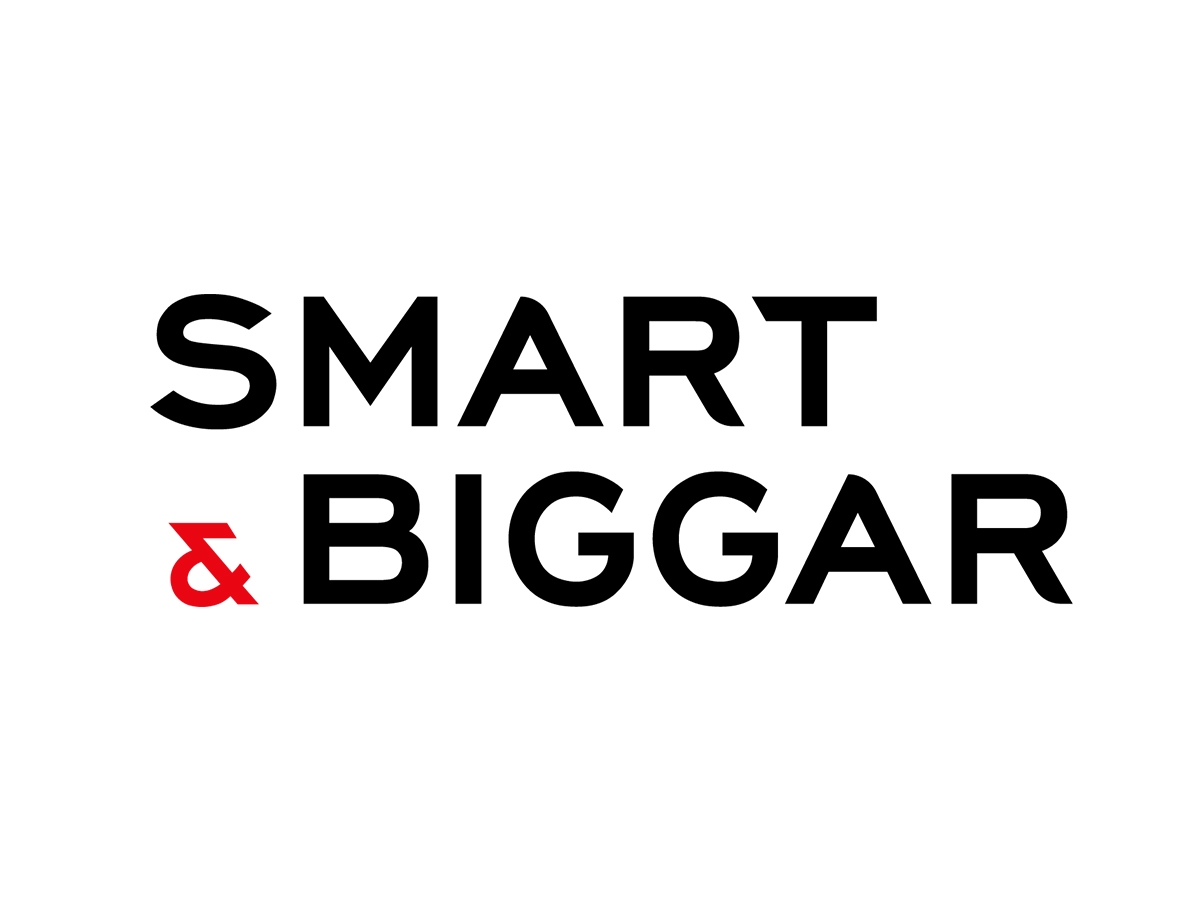Motivation MIA? Federal Circuit Sends IPR back to the Drawing Board by McDermott Will & Emery
The US Court of Appeals, Federal Circuit, vacated and remanded a Patent Trial & Appeal Board’s decision after finding that it erred in failing to explain and justify its reasoning regarding a motive to combine prior art references. Palo Alto Networks, Inc. v. Centripetal Networks, LLC, Case No. 23-1636 (Fed. Cir. Dec. 16, 2024) (Stoll, Dyk, Stark, JJ. The patent is owned by Centripetal Networks and focuses on packets (small data segments that collectively form larger communications) and their correlation across network boundaries. The patent focuses on packets (small data segments that collectively form larger communications) and their correlation across network boundaries.
Palo Alto Networks challenged the patent’s validity in an inter partes review (IPR) and argued its obviousness based on three prior art references. The first reference described how to use hashing techniques to identify the packets that cross network address translation boundaries. It also explained how to correlate the packets to identify which hosts are sending or receiving them. The second reference described methods for detecting unauthorized IP traffic, notifying administrators about potential threats, and enabling automatic responses, such blocking or filtering malicious data. The reference taught notifying administrators how to manage packets involved in malicious activity after they crossed a network boundary.
Palo Alto argued that combining the packet correlation techniques of the first reference with the notification mechanisms of the second addressed a key claim limitation of the challenged patent. Palo Alto argued that the correlation system described by the first reference naturally led to transmitting an indicator of a malicious host as taught by second reference. The Board found, however, that Palo Alto had not provided sufficient evidence or arguments to show that a person with ordinary skill in this art (POSITA), would be able to recognize the claimed responsiveness of the first reference’s pack correlation and the notification mechanisms of the second reference. The Federal Circuit reversed and remanded Palo Alto’s decision. They found that the Board had erred in failing to clearly explain its reasoning regarding the motivation for combining the prior art references, and whether the combination satisfied the critical limitation set forth in the challenged patent claim. The Court emphasized the proper question in an obviousness assessment is not whether the references individually disclose all claim elements, but whether their combination made the invention obvious to a POSITA.
Palo alto maintained that the Board didn’t dispute the existence a motivation to merge and improperly looked for a “bridge”. Centripetal countered that Palo Alto had not established a motivation or provided evidence of a necessary connection – or “bridge” – between the prior art and the claimed invention.
The Federal Circuit determined that the Board’s decision lacked a definitive finding on whether a POSITA would have been motivated to combine the first reference’s correlation techniques with the second reference’s notification step. The Court noted that Palo Alto provided logical and evidence-based support for why such a combination makes sense. They argued that without a notification, correlation techniques alone are ineffective at mitigating malicious activities – a hole that the second reference can fill. The Federal Circuit clarified that Centripetal based its assertion on the Board’s recitation of Centripetal arguments, and not an independent evaluation. The Court explained that summarizing a party’s position does not constitute a substantive analysis or finding.
Practice Note:
The Federal Circuit’s ruling highlights the necessity of thorough and holistic analysis in obviousness inquiries and reinforces that references must be considered together to determine their combined effect on the claimed invention.






